3 Imagemagick methods to fill the empty areas of a cropped image
- EN
- FR
(This post was automatically translated with www.DeepL.com/Translator)
I describe in this article 4 methods to fill the empty areas of an image when enlarging it, a basic technique, and 3 based on the initial image, for a more natural filling. At the end of the article, I give a shell script to generate the 4 versions for a given image.
Edit of 04/22/2023: Added the fill with the initial background color.
Method 1: Fill empty areas with a solid background
Simple: Fixed background color (white)
convert IMAGESOURCE -trim -fuzz 5% +repage -auto-orient -resize XxY -background white -gravity center -extent XxY IMAGECIBLE
NB:_ Replace XxY with the desired dimensions and “white” with the desired color.
Example:

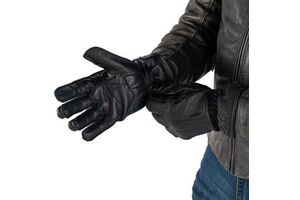
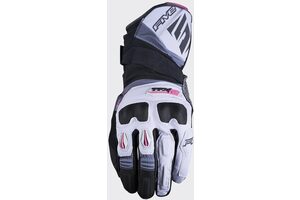
Advanced: Background color taken from the first pixel at the top left of the original image
convert IMAGESOURCE -gravity northwest -crop 1x1+0+0 -format "%[pixel:u]" info:- | xargs -I {} convert IMAGESOURCE -resize XxY -background {} -gravity center -extent XxY IMAGECIBLE
Example:

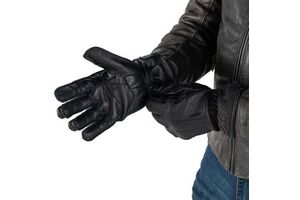

Method 2: Fill in the blanks by superimposing the image on its blurred and distorted version
Inspiration:
Fred/fmw42 in this forum page: ImageMagick - Keep Aspect Ratio on Resize and Fill with Blur Background.
convert IMAGESOURCE \( -clone 0 -blur 0x9 -resize XxY! \) \( -clone 0 -resize XxY \) -delete 0 -gravity center -compose over -composite IMAGECIBLE
NB :_ Replace XxY by the desired dimensions.
Example:
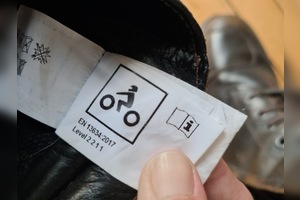
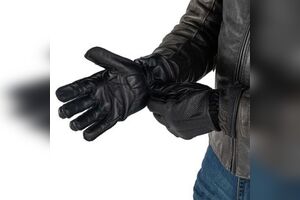
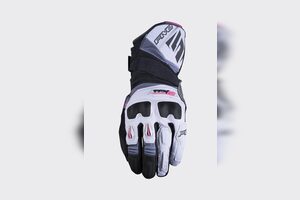
Method 3: Fill in the empty areas by extrapolation
Inspiration:
Fred/fmw42 in this forum page: ImageMagick - turn image with borders into full bleed image.
The code is a bit long, I don’t put it here, it is in the shell script below.
The result is quite impressive on the pictures, especially if the dimensions are not too far from the original: Sometimes you have to look closely at the extrapolated areas to realize that they are artificial (here in 300x300).
On the other hand, large flat areas of white do not suit him and stand out in red.
Example :
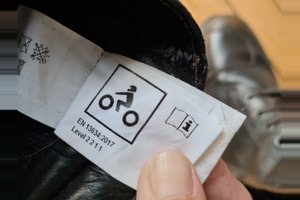
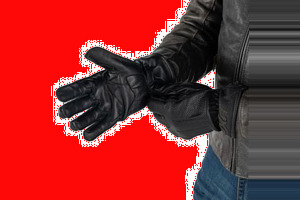
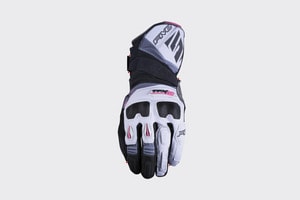
Shell script
This shell script takes all the files in the subdirectory “a_traiter/” and produces the results according to the 3 modes in the directory “res/” .
- Mode 11 : Flat white ;
- Mode 12 : Solid background color ;
- Mode 2 : Extension ;
- Mode 4: Voronoi.
Set up:
mkdir gen_thumbs
cd gen_thumbs
mkdir a_traiter res
touch gen_thumbs.sh
chmod +x gen_thumbs.sh
Edit the file “gen_thumbs.sh” and put :
#!/bin/bash
for fic in a_traiter/*
do
echo ${fic}
ficsource=$(basename "${fic}")
xcible=300
ycible=200
size=${xcible}x${ycible}
convert "${fic}" -resize ${size} res/tmp.png
xoff=`convert res/tmp.png -format "%w" info:`
yoff=`convert res/tmp.png -format "%h" info:`
yoff=$(((${ycible}-${yoff})/2))
xoff=$(((${xcible}-${xoff})/2))
vcoords="${size}-${xoff}-${yoff}"
echo ${vcoords}
# Mode 11 - fond blanc
convert "${fic}" -trim -fuzz 5% +repage -auto-orient -resize ${xcible}x${ycible} -background white -gravity center -extent ${xcible}x${ycible} res/"${ficsource}".mode11.jpg
# Mode 12 - fond repris de l'original
convert "${fic}" -gravity northwest -crop 1x1+0+0 -format "%[pixel:u]" info:- | xargs -I {} convert "${fic}" -trim -fuzz 5% +repage -auto-orient -resize ${xcible}x${ycible} -background {} -gravity center -extent ${xcible}x${ycible} res/"${ficsource}".mode12.jpg
# Mode 2 - superposition
convert "${fic}" \( -clone 0 -blur 0x9 -resize ${xcible}x${ycible}\! \) \( -clone 0 -resize ${xcible}x${ycible} \) -delete 0 -gravity center -compose over -composite res/"${ficsource}".mode2.jpg
# Mode 3 - superposition
convert res/tmp.png -transparent white +repage \( -clone 0 -alpha off -sparse-color Voronoi \
"9,9 rgb(255,8,8) 969,9 rgb(255,255,8) 969,669 rgb(255,255,248) 9,669 rgb(255,248,248)" \) \
+swap -compose over -composite \
-define distort:viewport=${size}-${xoff}-${yoff} +distort SRT 0 +repage res/"${ficsource}".mode3.jpg
rm -f res/tmp.png
done
All you have to do is put an image in the “a_traiter/” directory and run the script:
cd gen_thumb_sparse_voronoi/
./gen_thumb_sparse_voronoi.sh
The result will be produced in “res/”.
Note: To change the target dimensions, just change the values of xcible=xxx and ycible=yyy.